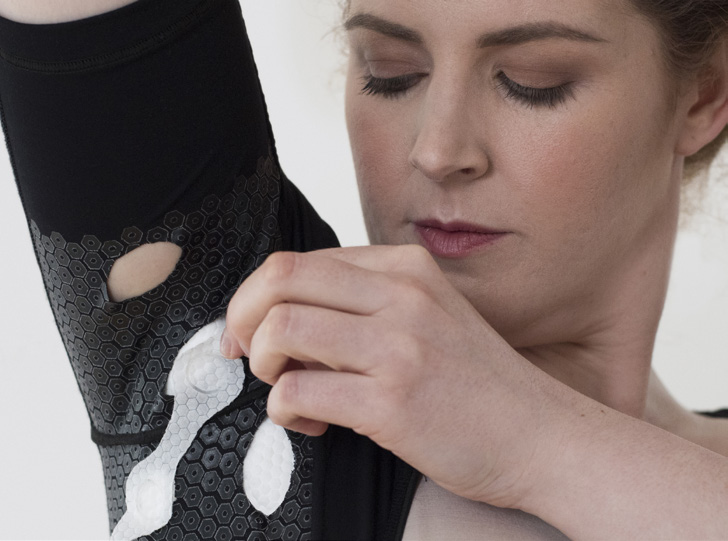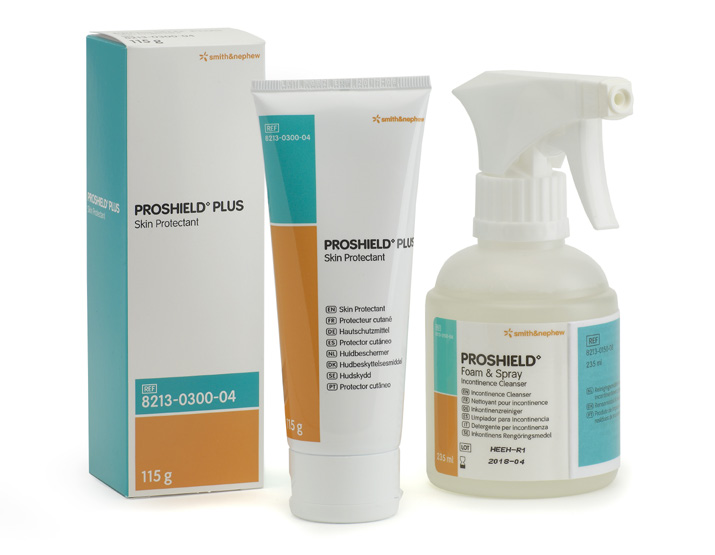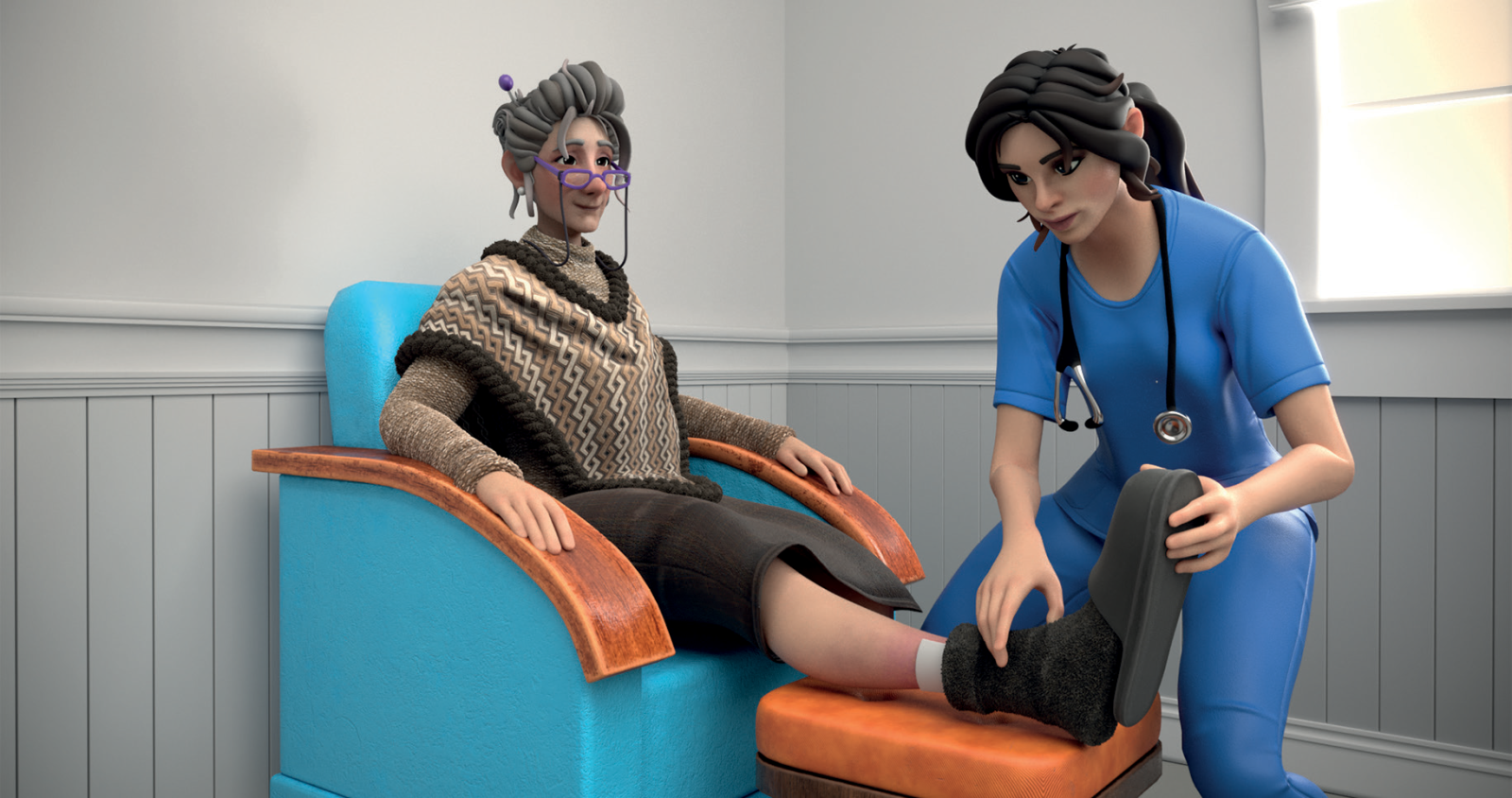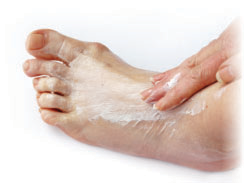Skin & wound care
The skin is the largest organ in the body and as such needs care and attention. It is important to know how to cleanse and dry your skin, check your skin for any changes and to moisturise.
Looking after your wound and changing your dressing is straightforward once you know how. Here you can learn how to look after your wound and what to look for to identify if your wound is improving. You can also learn about the signs of wound infection and when to seek help.


 Skin and wound care, patient assist
Skin and wound care, patient assist 










 Success!
Success!